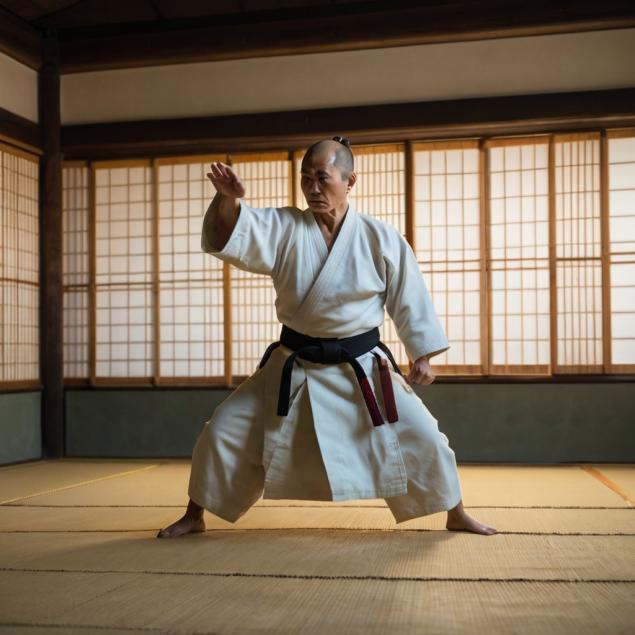230
The Aikido Principle in Conflict Resolution

In today’s world, where clashes of interests are becoming more frequent, the ancient wisdom of martial arts opens up amazing prospects for the peaceful resolution of conflicts. The principle of aikido, created by master Morihei Ueshiba, offers a revolutionary approach to conflict management that goes far beyond the dojo.
Philosophy of Harmony in Action
Aikido, which translates to “the path of harmony with vital energy,” is based on a deep understanding of the nature of conflict. Unlike other martial arts, there is no resistance to force. Instead, the art of redirecting the enemy’s energy from destructive to creative is practiced.

Key principles of Aikido in conflict resolution:
1. Principle of centering: Maintaining internal balance in any situation. Research by psychologists shows that people who are able to maintain emotional stability make more balanced decisions in conflict situations.
2. The art of yielding (о): Paradoxical strengthening of one’s position through external acquiescence. According to the Harvard Negotiation Center, flexibility in tactics leads to more successful results in 78% of cases.
3. Redirection of energy (иеのие): Using the power of the opponent to achieve a mutually beneficial solution. This principle is particularly effective in business negotiations, where direct confrontation often leads to deadlock.
Practical application of Aikido principles

In the modern context, the principles of aikido are applied in a variety of areas of life:
Business: Large corporations, including Toyota and Google, incorporate elements of aikido philosophy into their leadership development programs. This helps managers cope more effectively with organizational conflicts and create a more harmonious work environment.
Personal relationships: The application of the principle of non-violent conflict resolution allows to preserve and strengthen interpersonal ties. Studies show that couples who use approaches similar to aikido have higher levels of relationship satisfaction.
Practical techniques for conflict resolution
1. Tencan Technique (turn): Instead of direct confrontation – a change in the perspective of the problem. It helps to see new opportunities for conflict resolution.
2. "Irimi." (entry): Proactive involvement in the situation in order to better understand the position of the opponent. Studies show that this approach increases the likelihood of successful conflict resolution by 65%.
3. "Kokyu-ho" (Breathing technique): Using breathing exercises to keep calm in stressful situations. Neurobiological studies confirm the effectiveness of this technique in reducing stress levels.
Conclusion
The principles of aikido offer not just a technique of conflict resolution, but a holistic philosophy of interaction with the world. In an era of growing tensions, this ancient approach is becoming increasingly relevant, offering effective tools for creating a more harmonious society.
By applying the principles of aikido to everyday life, we not only solve conflicts more effectively, but also contribute to the formation of a culture of peaceful coexistence. This is especially important in today’s world, where the ability to find constructive solutions is becoming a key survival skill.
22 Lessons From Joe Dispenza That Will Make Your Life a Miracle
Personal story: top 10 films about finding yourself and your calling























